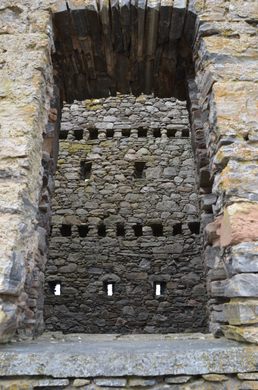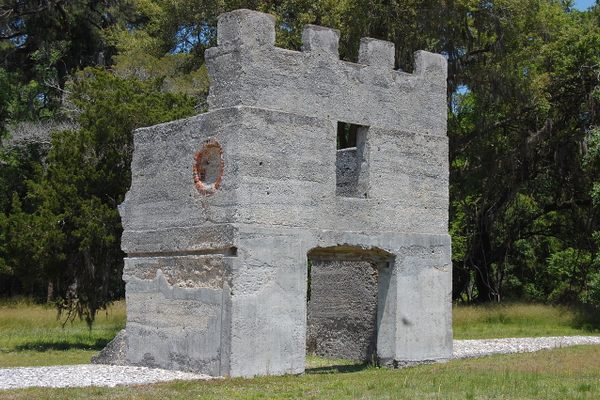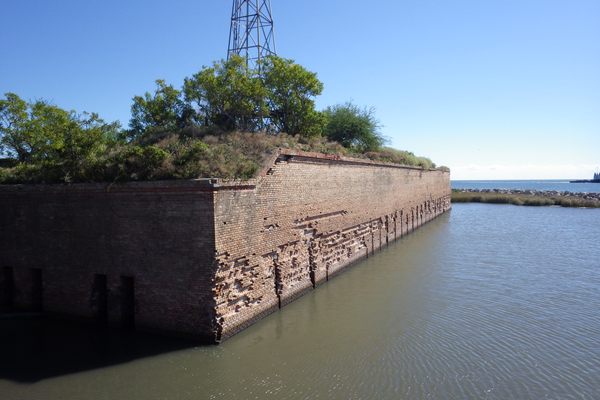Ruthven Barracks
These ruins witnessed the final gathering of the failed Jacobite Rebellion.
While traveling the A9 highway between Inverness and Pitlochry, you’ll come across ruined stone walls on a hill overlooking the River Spey. These stoic stone walls are all that remain of the Ruthven Barracks.
The barracks and stables were built by King George II after the second Jacobite rising in 1715 to help keep the rebelling Highlanders in check. Fortifications on the site date back to the 13th century, but the remains of all the prior structures were cleared away during the construction of the barracks.
Completed in 1721, these barracks held a commanding view of the surrounding countryside. When the military roads connecting Perth and Inverness were constructed, they passed within sight of the fortress. The barracks themselves were surrounded by a high defensive wall, with a separate stable later constructed along the west side.
During the fourth and final Jacobite rising in 1745, a small garrison of British troops in the barracks was besieged by a larger force of Highlanders. The Government troops held out until 1746, when a larger group of Jacobites arrived armed with artillery, forcing them to surrender.
The day after the Battle of Culloden, a large group of Jacobite survivors assembled at the Ruthven Barracks, awaiting word from their leader, Prince Charles Stuart. When the word finally came, it was a message for each man to save himself, as the rising had collapsed and Bonnie Prince Charlie had started to flee Scotland for safety in France.
The Jacobite forces set the barracks and the stables afire as they left, and that is how it stands to this day. The wood floors and roofs are gone, leaving the buildings open to the sky.
Know Before You Go
The barracks are clearly visible from the southbound A9 Highway, before you reach the A86 interchange just north of Kingussie. Once you exit the A9 onto the A86, head south down High Street through Kingussie to Ruthven Road (B970). Once you cross over the Spey, and under the A9, and head up the hill, turn left where the B970 forks. The barracks will be on the left side of the road. There is a small parking area on the right side of the road, directly across from the path leading to the barracks.
If you go during the week, you will likely have the site to yourself, with only a few highland cattle for company. The site is a national heritage site, and has undergone some historic preservation to keep the stone walls standing.
Community Contributors
Added by
Edited by
Plan Your Trip
The Atlas Obscura Podcast is Back!




























Follow us on Twitter to get the latest on the world's hidden wonders.
Like us on Facebook to get the latest on the world's hidden wonders.
Follow us on Twitter Like us on Facebook